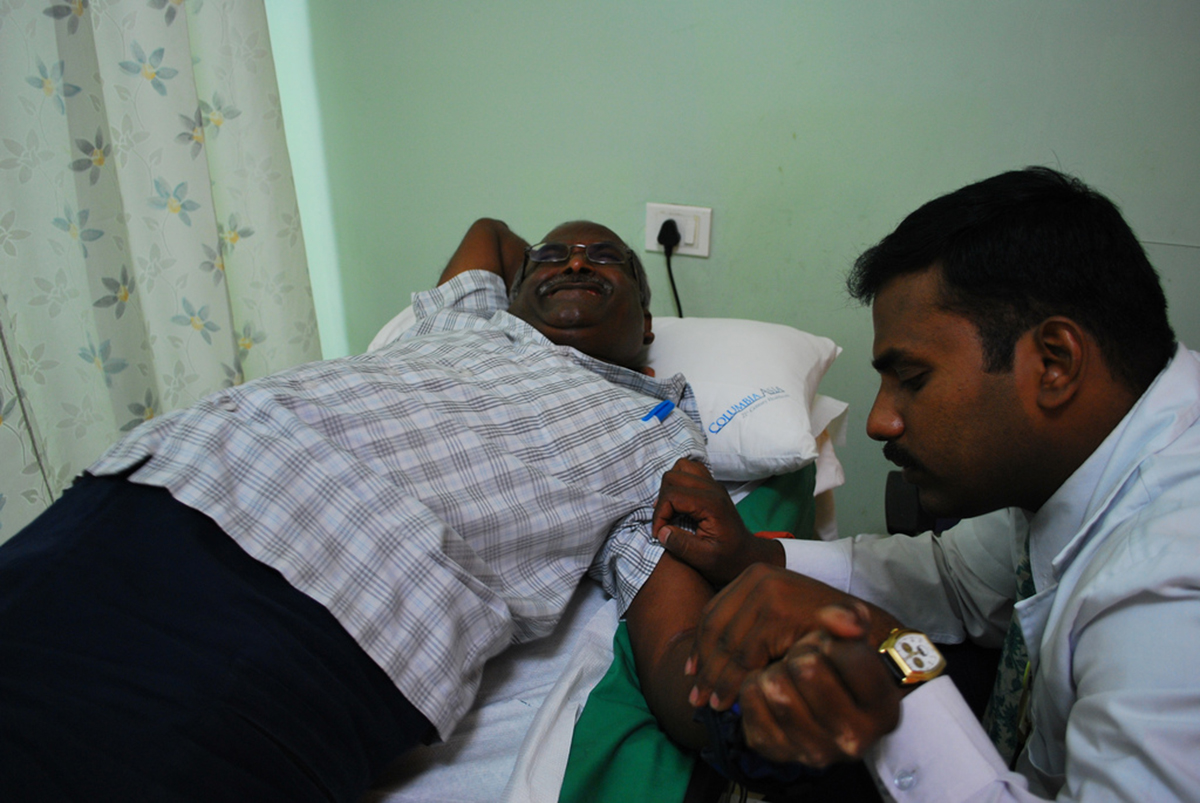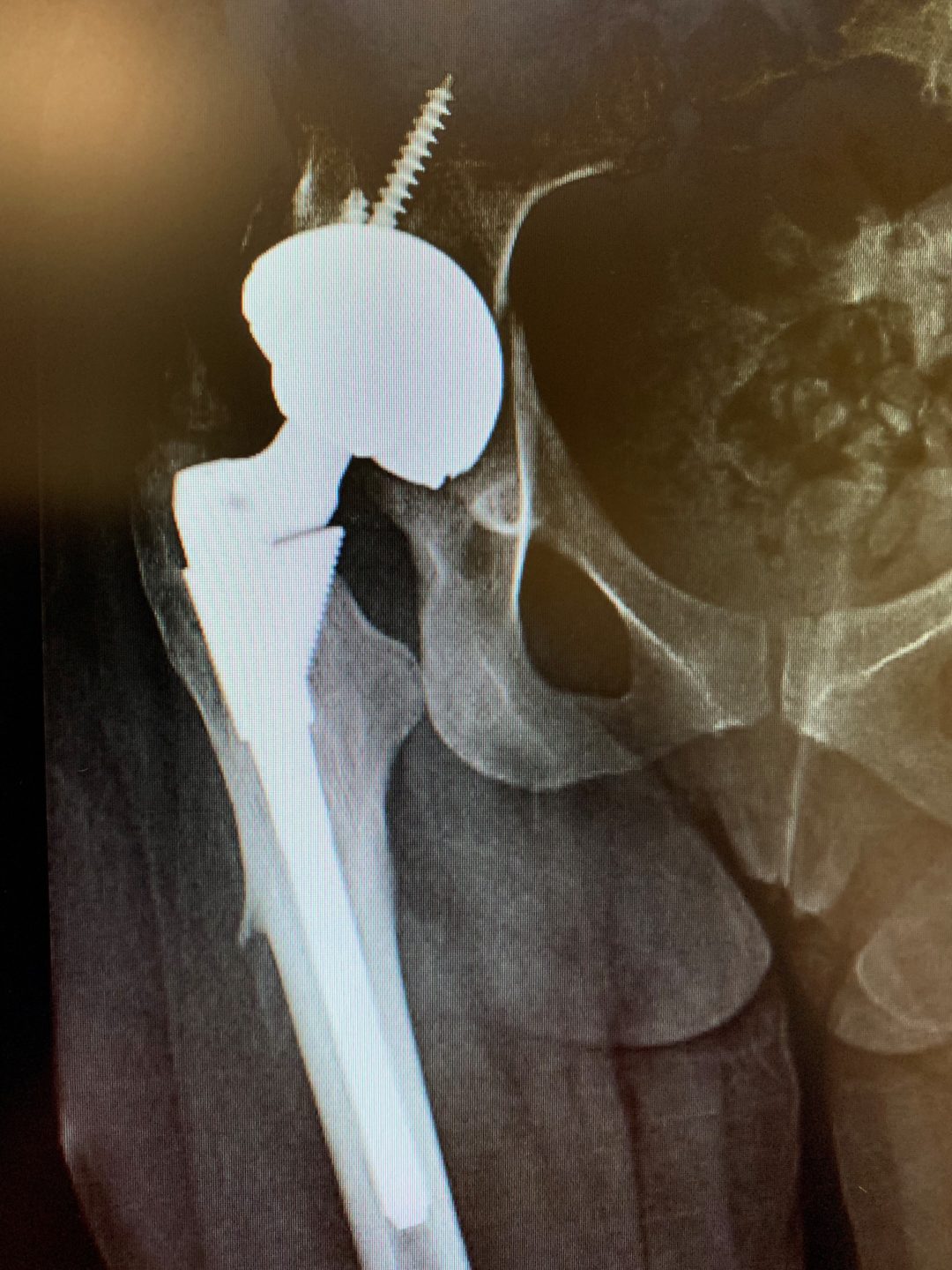Table of Content
It will probably also serve as a reminder to limit the use of your elbow. Avoid leaning on your elbows or putting persistent compression on them to help alleviate pain and prevent bursitis from occurring. Jonathan Cluett, MD, is a board-certified orthopedic surgeon with subspecialty training in sports medicine and arthroscopic surgery.
If you're dealing with elbow bursitis, you can do a few things at home to help speed up your recovery time. In most cases, elbow bursitis will resolve within a few weeks with proper care. Elbow bursitis recovery time can vary depending on the severity of your condition. However, if your symptoms don't improve or worsen, it's important to see a doctor for further treatment. With proper treatment, most people with bursitis can find relief from their symptoms and can eventually return to their normal activities. However, in some cases, bursitis may come back or may even lead to the development of other conditions, such as tendonitis or arthritis.
Elbow Bursitis
When bursitis involves infection, treatment becomes more urgent. After diagnosis, a steroid injection can be administered to relieve the patient of joint pain. In most cases, this relief lasts on average six to eight weeks after the shot is taken. The next logical step would be to make another appointment in to see your doctor, who should guide you with some in-office tennis elbow treatments.

If you're unsure about whether you have bursitis and the proper way to treat it, you can get an x-ray done. Bursitis will show up on an x-ray as fluid build-up in the affected area. If there is extensive fluid build-up, then your doctor may suggest surgery. In order to adequately prepare for elbow surgery, it is important for you to have post shoulder surgery shirts that provide comfort to your elbow. You can check out Reboundwear's collection ofshoulder surgery shirts for men and women to find one that best suits you. In rare cases, the bursa may need to be surgically removed.
How is elbow bursitis diagnosed?
Inflammation in the connective tendons of the elbow is called tennis elbow. This site provides content for informational purposes only. The information provided is not intended for use as medical advice, diagnosis, or treatment. In case of a medical concern or emergency, please consult your healthcare provider.
Prevention of bursitis avoid applying any kind of pressure on the affected joint. Gently hold your wrist in extension for 30 seconds then rest. If your elbow bursitis was caused by constant, repetitive overuse – such as playing tennis or golf – consider modifying its frequency and the way you perform the activity. Make sure you return to your activity gradually and mindfully. Your doctor or a physical therapist may provide you with tips about how to protect your joints from bursitis while still enjoying an active lifestyle. Also consider using a sports bandage, splint or brace – if possible – while performing the activity.
Signs and Symptoms
In cases of acute bursitis, it goes away on its own within a week or two with proper rest. In fact, rest is recognized as the first line of treatment to help the injured or inflamed area get better. Elbow bursitis develops when the olecranon bursa, a thin, fluid-filled sac in the elbow joint, becomes irritated or inflamed. We all know the pain of hitting our funny bones, but some causes of elbow pain are harder to pinpoint.

However, if your job or any of your activities are the cause of your bursitis, you might need to modify your routine while your elbow heals. Talk to your provider about a recovery timeline for your specific symptoms. Give your body time to rest and recover between sessions of intense exercise or activity. If your job or hobbies require you to use your elbows a lot, make sure you’re using all the proper protective equipment, like wearing elbow pads.
To deal with the pain and inflammation, conservative treatment involves the use of rest as well as ice, compression, and elevation. Surgery isn’t usually necessary unless you have severe septic bursitis. In those cases, you may need surgery to remove the bursa as well as post-surgery physical therapy and rehabilitation. If the bursa is infected, you may also experience redness of the skin that is warm to the touch. Call your provider as soon as possible because untreated septic bursitis can be dangerous.

The most common causes are repetitive movements or pressure that irritates the bursae. For instance, people who play baseball or basketball who need to throw or lift the ball over their head repeatedly are at a higher risk of having bursitis. Given there are many foods that boast potent anti-inflammatory properties, what you eat can plays a major role in reducing pain and inflammation in your body. During the physical exam, your doctor will press on various spots around your affected joint to try to determine whether a specific bursa is causing your pain. Physical therapy or exercises can strengthen the muscles in the affected area to ease pain and prevent recurrence. Surgery to remove your elbow bursa is an outpatient procedure, which means you’ll be able to go home the same day.
Your doctor may prescribe you a nonsteroidal anti-inflammatory to manage the pain. It can be taken in a tablet form orally or can be applied like a gel, topically. If you don‘t play tennis, it doesn‘t automatically keep you out of risk, since only 5 percent of people who suffer from Tennis Elbow actually play tennis. There is evidence that turmeric may have anti-inflammatory properties.

Ice can be used, just like with any inflammation, to help control the swelling. It‘s important to apply the ice early on, preferably within the first hours from when the pain begins. A distinct feeling of pain in your forearm muscles can be the result of any of these activities, which might lead to Tennis Elbow, or lateral epicondylitis. You may be required to wear an elbow bursitis brace post-surgery. Chronic, untreated bursitis can lead to other joint problems. Failure to correct the inflammation can lead to gait changes with lower extremity bursitis, which may lead to other injuries.
In some cases, elbow bursitis goes away on its own in three to six weeks. You can also practice the RICE method — rest, ice, compression and elevation — to reduce pain and inflammation. Elbow bursitis often occurs due to repetitive motions of the elbow joint.

Speak with an arm and hand pain specialist at Beaufort Memorial who can help. Painting, shoveling, tennis, golf, baseball and gardening are among the repetitive activities that can lead to bursitis. Putting pressure or leaning on your elbows for long periods. Apply ice to reduce swelling for the first 48 hours after symptoms occur. If the inflammation in your bursa is caused by an infection, your doctor might prescribe an antibiotic.

No comments:
Post a Comment